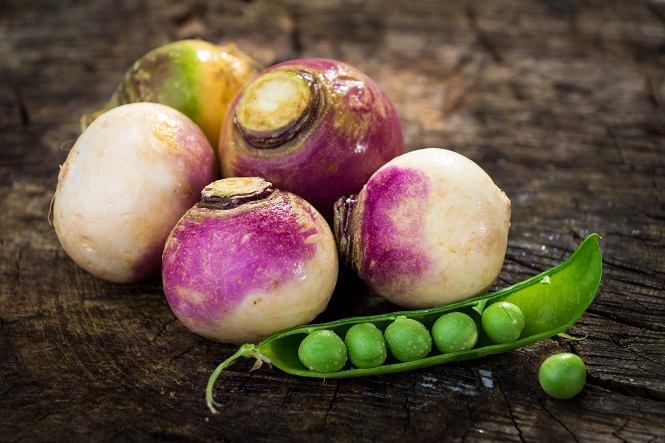 With September officially upon us, it’s probably high time to think of prepping the garden for winter, packing away the garden tools and thinking about what to plant next spring.
Or is it? Fall gardens can actually yield plenty of vegetables if you know how to find hearty, cool season ones. Granted, it’s not like keeping a more traditional spring to summer garden. There are special care considerations to keep in mind, but once learned, you could be hauling in fresh greens throughout the fall.
With September officially upon us, it’s probably high time to think of prepping the garden for winter, packing away the garden tools and thinking about what to plant next spring.
Or is it? Fall gardens can actually yield plenty of vegetables if you know how to find hearty, cool season ones. Granted, it’s not like keeping a more traditional spring to summer garden. There are special care considerations to keep in mind, but once learned, you could be hauling in fresh greens throughout the fall.
Care tips for a fall garden
With a fall garden, you’ll be battling frost conditions, increased pests and a recently used gardening space. But these conditions are easy to work with if you know how.Preparing the space
You will, of course, have to remove what may be left of the spring and summer crops, and possibly any weeds. Till the remaining soil six to eight inches deep. If the previous plants were heavily fertilized, you may be able to forgo fertilization. Otherwise, NC State University recommends, “One to two lb. of a complete fertilizer such as 10-10-10 may be applied per 100 square feet of bed space.”Planting your crops
Usually, direct seeds are used in a fall garden, though you’ll want to plant them one-and-a-half to two times deeper than a spring crop due to a lower moisture level and higher surface temperature in the soil in fall. The summer heat will often leave soil dry and hard, which will negatively affect germination. You may want to shade, lightly mulch or cover the seeded area with burlap to retain moisture. Fortunately, water bans may be lifted by this time, so proper irrigation could be far easier.Watering and feeding your crops
Typically, vegetables require one inch of water per week. Mature vegetables can get away with deeper, single waterings, where seedlings will need lighter and more frequent waterings. Also, according to NC State University, “Many fall maturing vegetables benefit from sidedressing with nitrogen just as do spring maturing vegetables. Most leafy vegetables will benefit from an application of nitrogen three and six weeks after planting.”Protecting against insects and diseases
Insects and diseases can be more common in the fall, since they have all spring and summer to bolster their numbers. Keeping plants healthy and hearty with good care will prevent these issues in many cases, but keep an eye on fall vegetables for signs of damage. If you see damage from bugs, use a natural pesticide. Also, choose vegetables that are known to be hearty.Watch out for frost
Keep an eye out for the first expected frost through weather reports or the Famer’s Almanac. There’s a good frost-to-garden chart that will help you know what to plant in relation to your area’s first frost. Many crops can weather a frost (see below), but otherwise keep plants protected by placing down burlap or a floating row cover. In many areas, you can still get in weeks of good growing time after the first frost. With these tips, you’ll be off on your fall gardening adventure in no time. But once you have these tips down, you’ll need to know what to plant.Choosing hearty fall crops
There are plenty of crops that will survive cool temperatures. For assessing what those are, the University of Arizona provided a template for determining when and what to plant. The equations is as follows:Number of days from seeding or transplanting outdoors to harvest
+ Number of days from seed to transplant if you grow your own
+ Average harvest period
+ Fall Factor (about 2 weeks)
+ Frost Tender Factor (if applicable)
= Days to count back from first frost date
That number will tell you when to plant. The Frost Tender Factor only applies to vegetables that are susceptible to frost, like tomatoes and corn. It probably won’t apply as much to cool weather vegetables.
As for what to plant specifically, here is a list of common crops that are troopers in cool temperatures from the University of California: